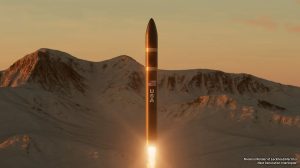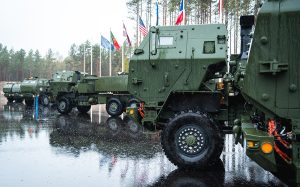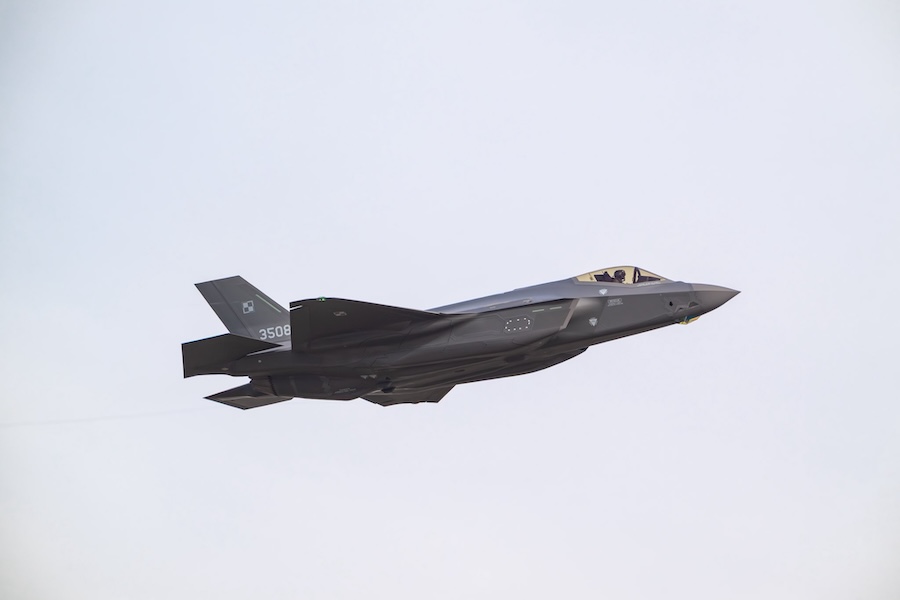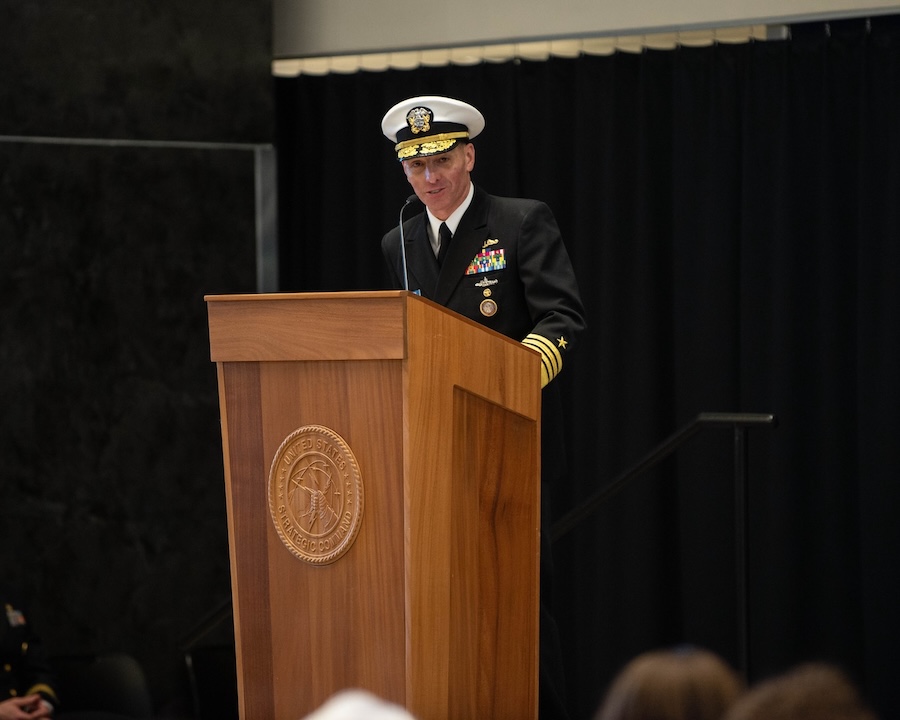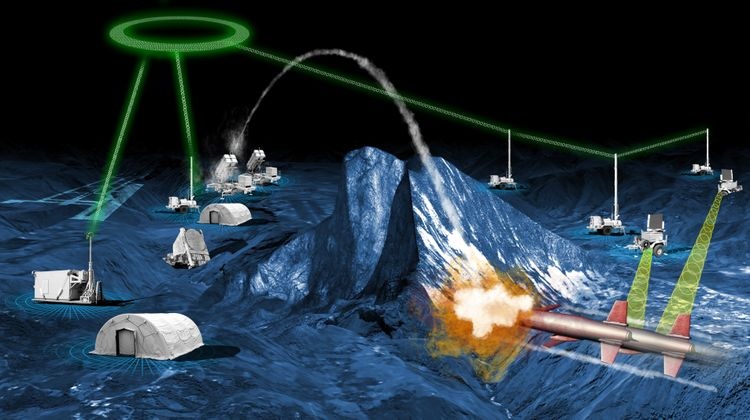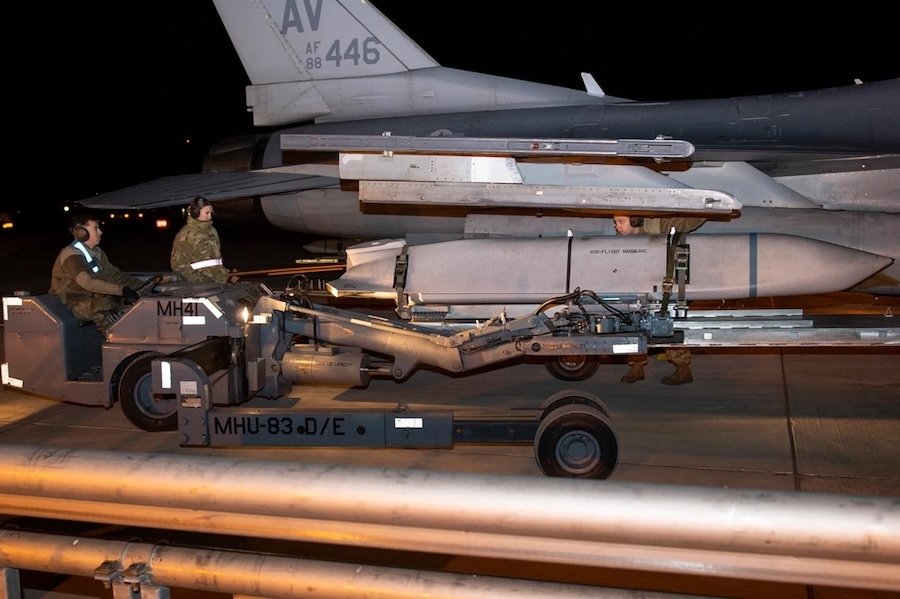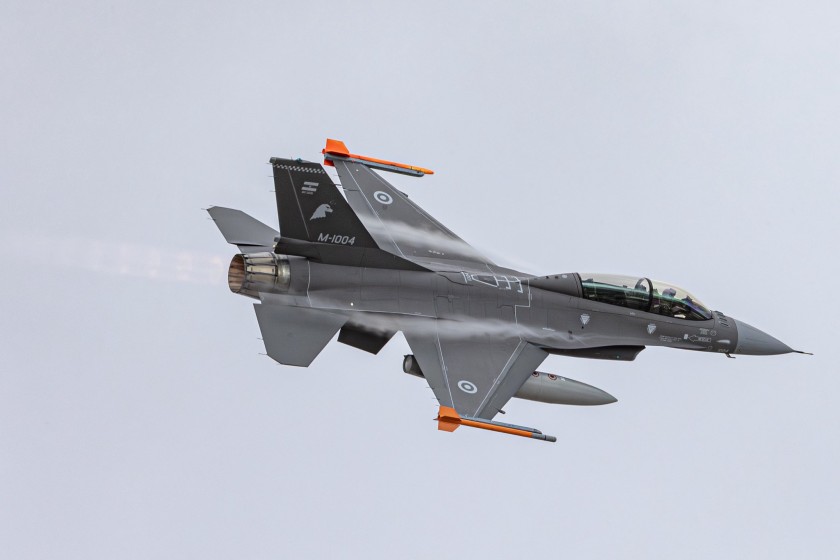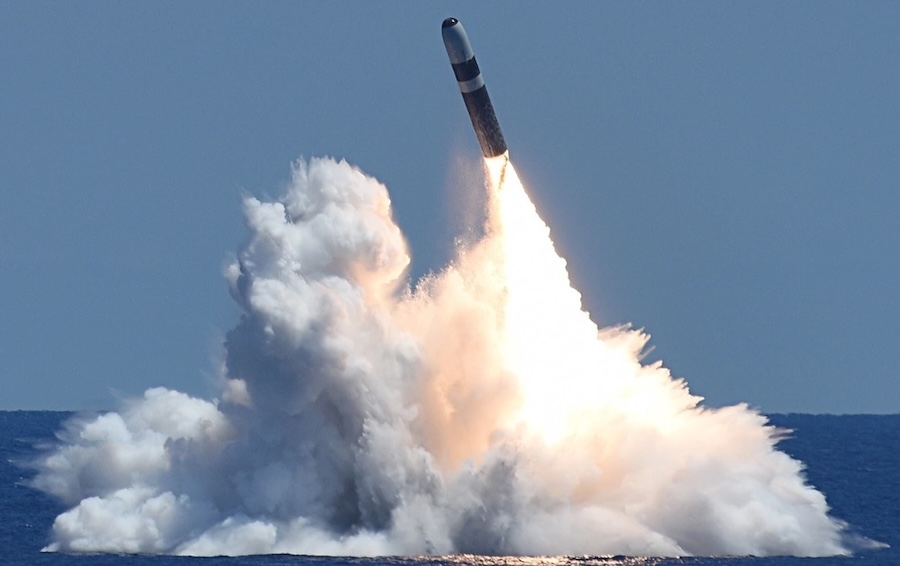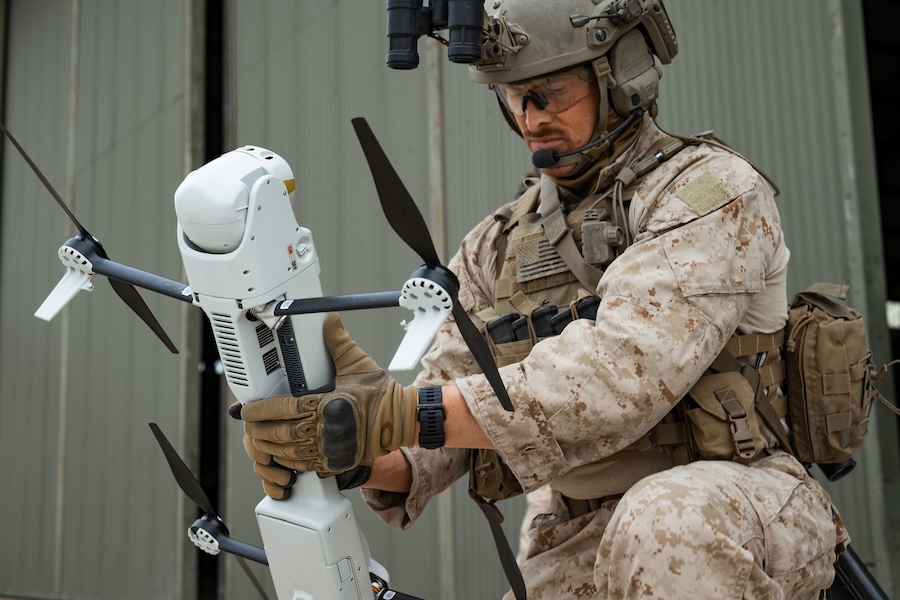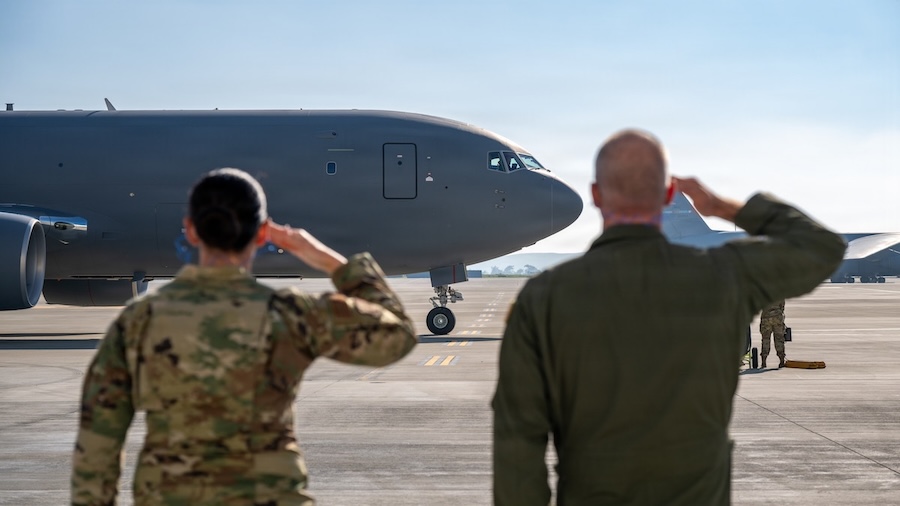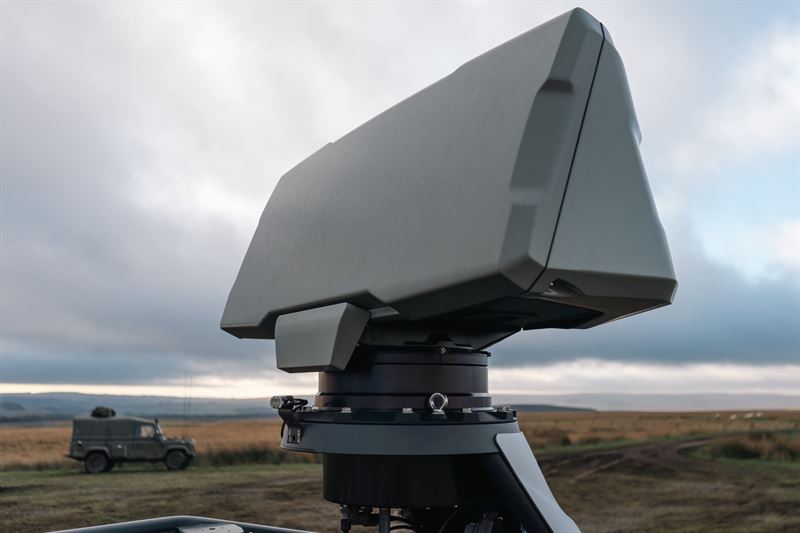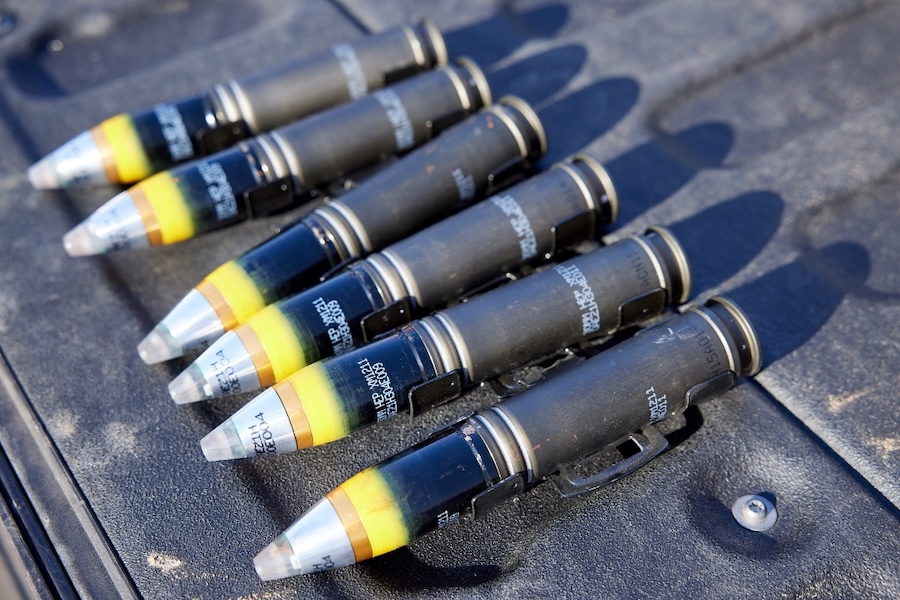The panel stressed that in a near-peer threat environment, the ability to connect and act on data across diverse systems and forces is more important than the strength of individual platforms. “For some time now, we’ve been focused on integrating horizontally across the entire enterprise—air, land, sea, space and cyber spectrum,” said Greg Ulmer, President of Lockheed Martin Aeronautics.
Ulmer cited the Ramstein Flag demonstration, where a Dutch F-35 identified a ground threat and transmitted targeting data via Skunk Works’ open architecture gateway into Dutch command-and-control systems, enabling near real-time artillery engagement. “That’s operational integration. Not slideware. Not a future concept. That’s where the warfighter is going,” Ulmer stated.
OJ Sanchez, Vice President and General Manager of Skunk Works, highlighted the company’s role in enabling networked combat operations. “The true transformation isn’t in individual components—it’s in how you link them as combat nodes in an open, adaptive network that can flex to mission needs,” he explained.
Sanchez outlined key pillars of Skunk Works’ integration strategy, including open system architecture, trusted autonomy, agile drone frameworks, model-based digital threads, and rapid additive manufacturing. He emphasised: “Open systems are not a luxury—they are a necessity if allied nations expect to field integrated deterrence at speed.”
General Scaparrotti, former NATO Supreme Allied Commander Europe, pointed to the shifting dynamic between government and industry in defence innovation. “Today, U.S. industry is leading defense innovation, and the military must be far more aggressive in bringing forward its hardest problem sets to industry,” he said.
Scaparrotti added that integrated allied combat power remains a decisive advantage over adversaries, but real progress will require a new level of cultural commitment to collaboration. “The challenge is no longer technical—it’s the cultural willingness to prioritise sharing, interoperability and speed,” he noted.
The panel also discussed the potential of digital engineering to transform sustainment during prolonged operations. Sanchez described how advanced manufacturing has reduced assembly timelines from 30 days to just 8 hours, while Ulmer added: “We’re approaching a future where deployed forces can manufacture critical replacement parts in-theatre from certified digital files.”
Concluding the event, the panellists agreed that future air power relies not on incremental upgrades, but on rapidly operationalising open and scalable integration across allied systems. “Integrated properly, one plus one must equal five. That’s the multiplier effect allied air power must deliver if we’re to maintain credible deterrence,” Ulmer summarised.
Source: Lockheed Martin.






